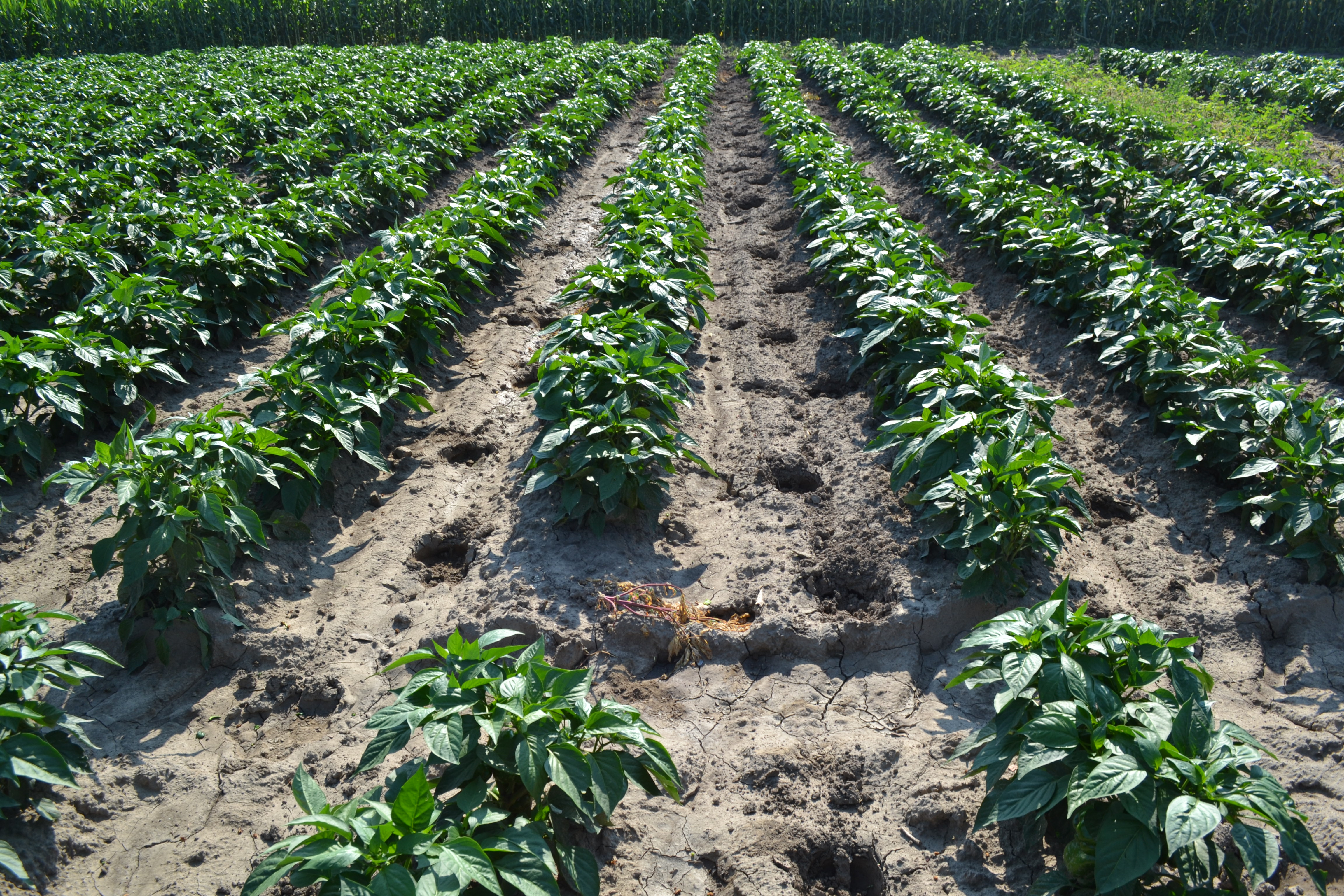Wildlife Monitoring
Wildlife monitoring allows you to keep poop off food and reduces crop loss too (and fills your freezer with meat!)
Patrick Gordon
Produce Safety Technician
Although wildlife on the farm cannot be controlled, there are steps you can take to ensure that wildlife has a minimal impact on a healthy and safe harvest. There are simple monitoring and deterrent techniques you can take to ensure you deliver the safest product to the consumer while minimizing crop damage.
The first simple monitoring technique is to watch for wildlife activity throughout the year. This activity does not have to be anything too formal, just being aware of where and when signs of wildlife intrusion occur on the farm is enough. This will give you the information needed to focus efforts in certain areas, at certain times of the day, or during specific times of the year.
Depending on the crop type and location, each farm will have drastically different needs for wildlife monitoring and mitigation. Orchards may not be concerned about terrestrial wildlife close to the ground, these same animals may be the biggest problem for many vegetable centric farms. Likewise, animal poop on the ground in an orchard is not the same risk as animal poop in a field of greens.
While it is impossible to eliminate all wildlife from a farm, there are mitigation measures that can be taken to minimize damage and contamination. For example, fencing and netting, noise and visual deterrents, relocation, and lethal measures can all be effective if used properly.
Fencing and netting can be very effective when used properly, they can also be very costly. Netting on trees and vines must go all the way to the ground to avoid animals from coming in through the bottom. Fences should be tall enough to prevent the problem species from climbing or jumping over. When netting in an area such as a packhouse it may be beneficial to provide alternative nesting or roosting boxes outside if animals have been roosting in the area previously. Ideally, this will provide them with an alternative home to prevent damage to the netting while still utilizing their beneficial qualities.
Another option to consider is noise and visual deterrents. Noise and visual deterrents can also be very effective, especially for birds. Something to consider making this option most effective is to regularly move them around the area. If they are left in the same places, wildlife will acclimate to them and their efficacy will decrease dramatically.
When wildlife seems to consistently outsmart or break through these first options, you can consider relocation. Relocation can also be very effective especially for individual troublesome animals. It is important to know the laws of your area, and to consult with the local Department of Wildlife before doing so. Many animals have restrictions on how or if they can be relocated. Knowing the laws is also important when considering the final option which is lethal measures.
Lethal measures may be taken when other methods have failed. There are seasons for many of the animals that can cause issues on the farm. Michigan has a spring and fall turkey season. Deer season runs from October through December, and later in certain areas of the state. Waterfowl, including geese can be harvested during certain times from September through February. Many other animals that can be problematic can be taken throughout the year, or during long hunting seasons.
If excessive damage happens outside of regular hunting seasons you may also be able apply for a Wildlife Damage and Nuisance Control Permit. If you are looking to control animals in this way, it is very important to understand the laws and contact the Department of Natural Resources, or the U.S. Fish and Wildlife Service. They will be able to let you know the best options based on the species that is being troublesome.
Harvesting animals during regular hunting seasons is a great way to mitigate intrusion on the farm, and a great way to fill your freezer with meat for the rest of the year. Just remember to process them in areas that won’t be detrimental to the produce on your farm. Animals should never be hung or stored in the same room as produce.




 Print
Print Email
Email